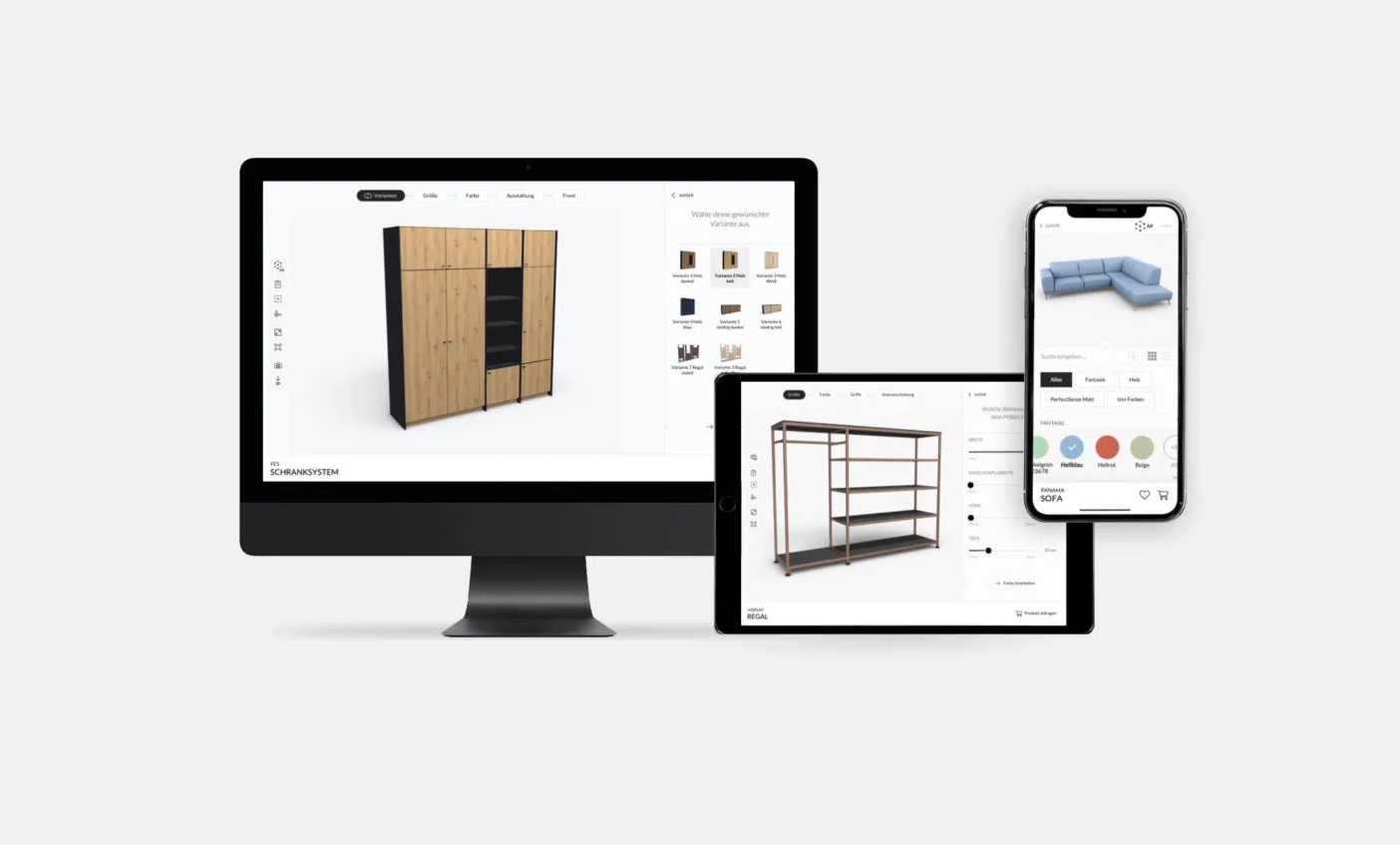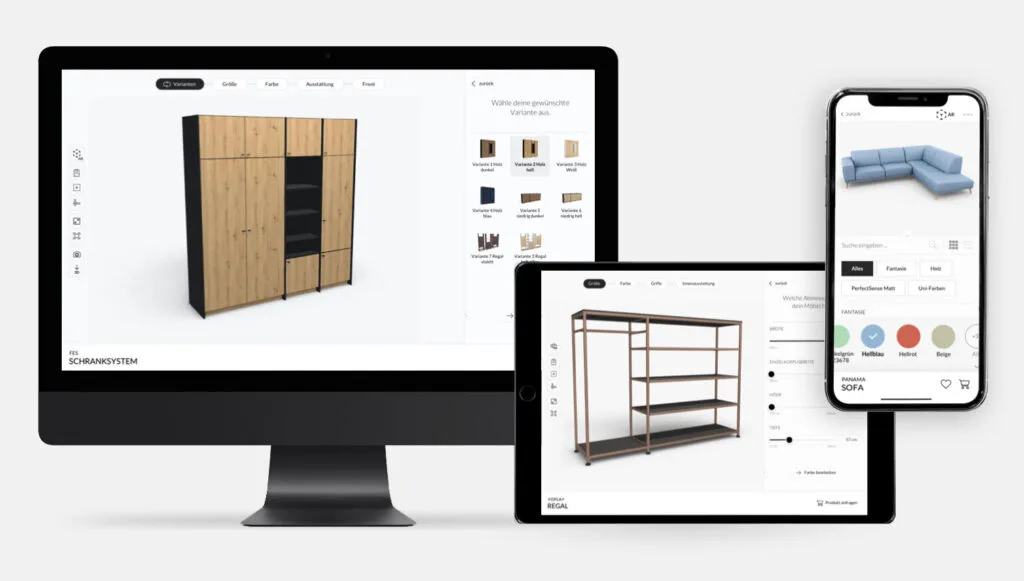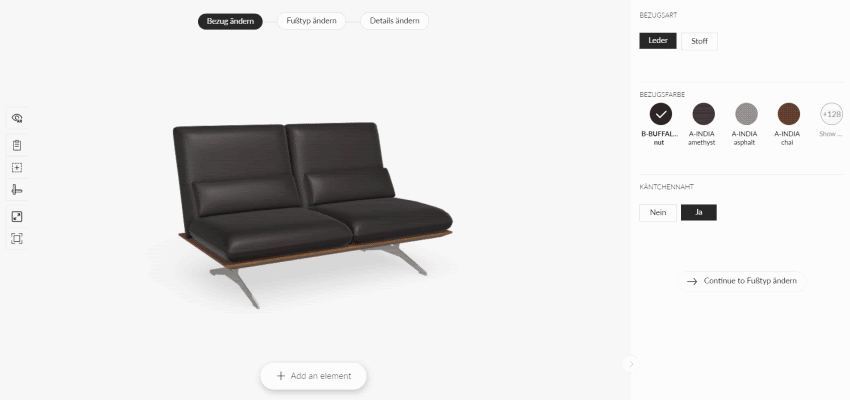
“We’ve been using the RapidCompact software over the past year and it’s allowed us to do things which were once impossible,” says Albert Ortig, CEO of Roomle.
Roomle provides an open full logic configurator to producers and retailers. This enables users to configure all levels of product complexity on all channels, all devices with the highest visual live quality available – from consumer to machine.

Roomle uses an asset pipe to produce content from these configurators in the form of high quality 3D files – which is where RapidCompact comes in. “It lets us quickly and automatically produce smaller assets based on large 3D files,” explains Albert Ortig.

It might sound crazy, but it is actually more difficult to produce high 3D quality with a low polygon count than producing high polygon based files.
“Until we started using RapidCompact, we had never seen any software which lets us automatically produce optimised assets which look great and offer a high level of quality, but with a very low number of polygons,” Albert adds.
“RapidCompact saves us a lot of work, because we used to have to generate a different quality manually every time we wanted a new version out of an existing high-resolution 3D file. It’s very quite complicated to perform this kind of optimization by hand, so RapidCompact must be doing some sort of magic because it offers us abilities not available in any other service.”
In the coming years, there will be more and more demand for 3D content because the hardware is finally ready and a lot of customers are getting used to seeing 3D assets on their devices.

Devices are not only getting faster and more powerful, but are now fitted with better cameras and scanning systems which allow them to analyse the surroundings before placing 3D elements inside the scanned area. This is offering a new shopping experience to consumers who can, for instance, see how the furniture they want to buy will look inside their house. These new experiences obviously involve the generation of 3D files, but there is also huge demand for 2D versions of 3D content which can be shown on e-commerce sites.
Take the example of a set of shelves. In the past, if you wanted to show a photograph of these shelves they would have to first be built, a photographer would need to be hired to take pictures of them and then finally the images would be shared online. All of which cost a lot of money and time. Now, using a Roomle configurator, you can design a set of shelves in a very short space of time and then produce an image suitable for display on retail websites. So 3D data itself is obviously important in e-commerce, but so are 2D files based on 3D assets. Roomle’s asset pipeline produces these flat images – which is where RapidCompact is on part. It allows us to perform tasks which wasn’t possible before.

“We had only compromised solutions before, such as asking 3D artists to spend time building low polygon count images,” Albert reveals. “Now our asset pipeline uses RapidCompact to automatically generate optimised content, which is saving us a lot of time. This will change our processes and the standard quality format entirely.”
If you are interested in another use-case read more about how the scanner manufacturer botspot is using RapidCompact or learn what other factors play into the AR revolution in e-commerce and the 3D content bottleneck.
Upload and process 3D models with the free web demo or get in touch if you have any question. We´re happy to help…
More about RapidCompactTry RapidCompact for FreeEnterprise Solutions